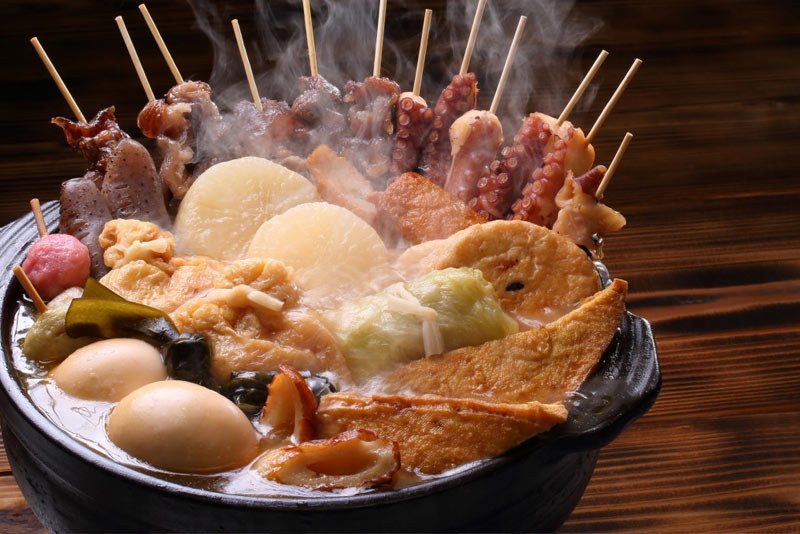Japanese food and their approach to eating is something most other countries admire – including Sydney Australians.
The Japanese diet, going way back to their ancient cuisine addresses many of the issues that affect how people eat today. It’s quick to prepare, healthy, prepared from simple ingredients, and links food and culture in a way that provides meal beyond mere fuel to keep us going, a tool to feed the kids, or a quick-fix to a slimmer summer body.

A Culture of Food and Health:
It’s difficult to that Japan has one of the healthiest cuisines in the world, and this allowed Japanese to be one of the longest-lived people in the world. The Japanese diet embodies the points that modern science suggests in order for people to eat well and be healthier. It focuses on red meat than most Western diets, focusing instead on vegetables and fish instead.
They have fermented foods to provide digestive health through simple pickles, which they usually eat raw with every meal. Their rice is served as a separate element to other dishes, despite it being central to the cuisine, which means that it’s fast to reduce the number of refined carbohydrates eaten with a meal, as many Japanese people currently do. Wholegrain rice mixes are also popular, which boosts the fibre of a bowl of rice while providing a sumptuous flavour.
Moderation – The Japanese Way:
One of the most awesome and practical aspects of Japanese diet is the moderation involved. While vegetables form the bulk of the diet, veganism and vegetarianism are somehow uncommon. While sweets are a much-utilized treat and sugar is a crucial seasoning, they are just considered only parts of a much wider range of cuisine. The Japanese diet doesn’t focus on restraining exclusions to give a message of good health.
The focus is always on good health regardless of food being cooked. It is a true love of food and its inherent goodness, but still being wary of the trappings of breathless excess and gluttony. If you were to create a perfect diet plan based on our contemporary beliefs today, it might even look a lot like the way Japan has been eating for centuries. But the real appeal of Japanese food goes more than the clinical sterility of science.
Stories of food and health and their role in a happy and long life are linked through culture and lore. The lessons of the kitchen teach Japanese youngsters not just how to cook and eat, but to actually live well. This kind of education is vital since it can affect everything from eating the right food in the cafeteria to a lifetime of healthy eating that’ can be both enjoyable, pleasant and shared with those you love.
Where can I get Japanese food in Australia:
Easy question with an even simpler answer. You can start eating healthier both for yourself and your family by choosing healthier food options, from the ingredients you use for cooking to the restaurants you go to. Thankfully, Japanese food is closer and more luxurious with Sokyo – one of Sydney’s top Japanese restaurant that’s loved by both locals and tourists who want authentic Japanese cuisine with a hint of Australian blended with every meal.
Sokyo’s Head Chef Chase Kojima and his team of expert chefs use the finest Australian produce and imported Japanese ingredients to prepare mouth-watering sashimi, tempura and melt-in-the-mouth meats cooked over the robata grill. And with its own combination of exotic-cool ambience and diverse energy, Sokyo is absolutely an experience you’ll enjoy with your buddies or even alone.
End Note:
How about you? What can you say about the Japanese way of eating and being healthy while at it? Share it with us!